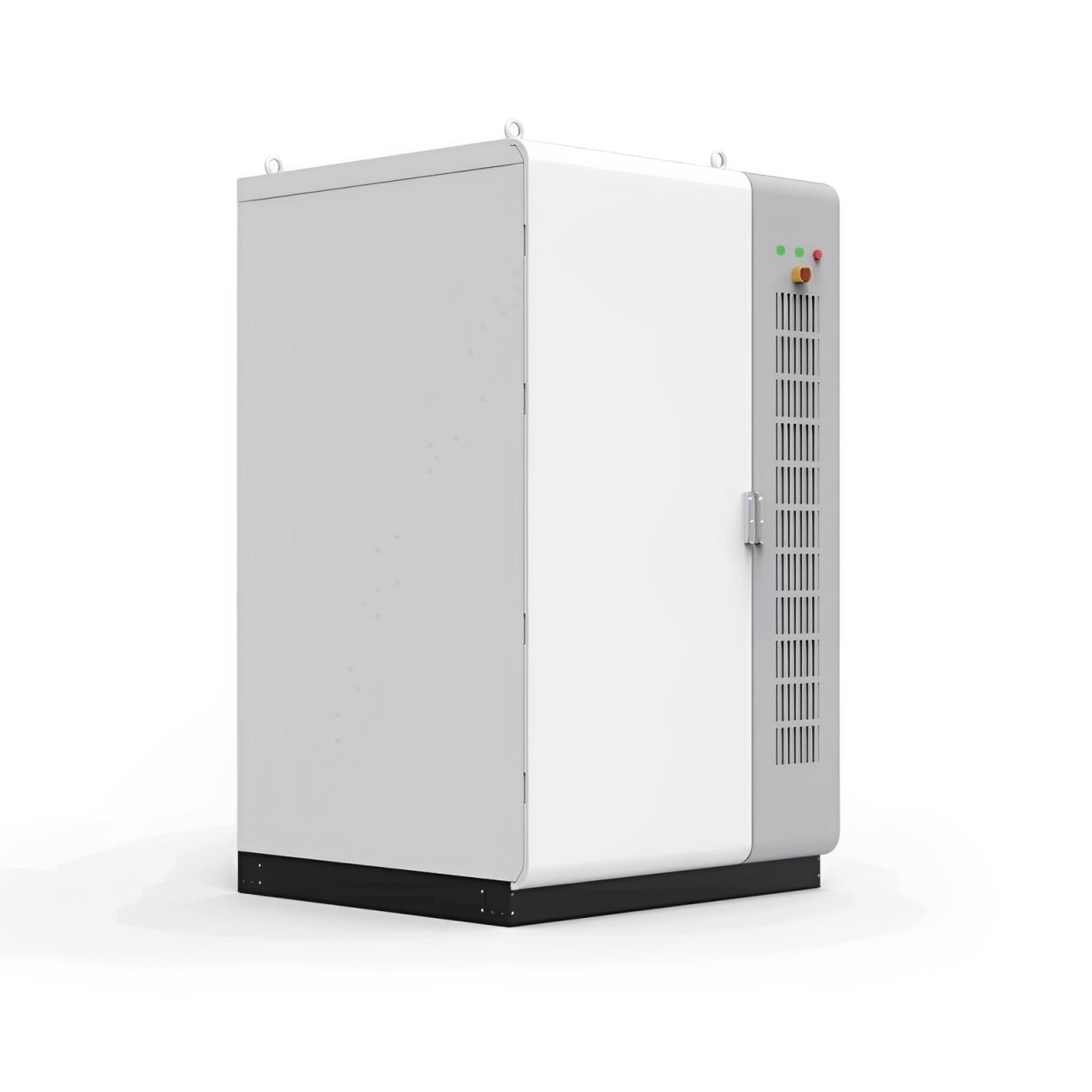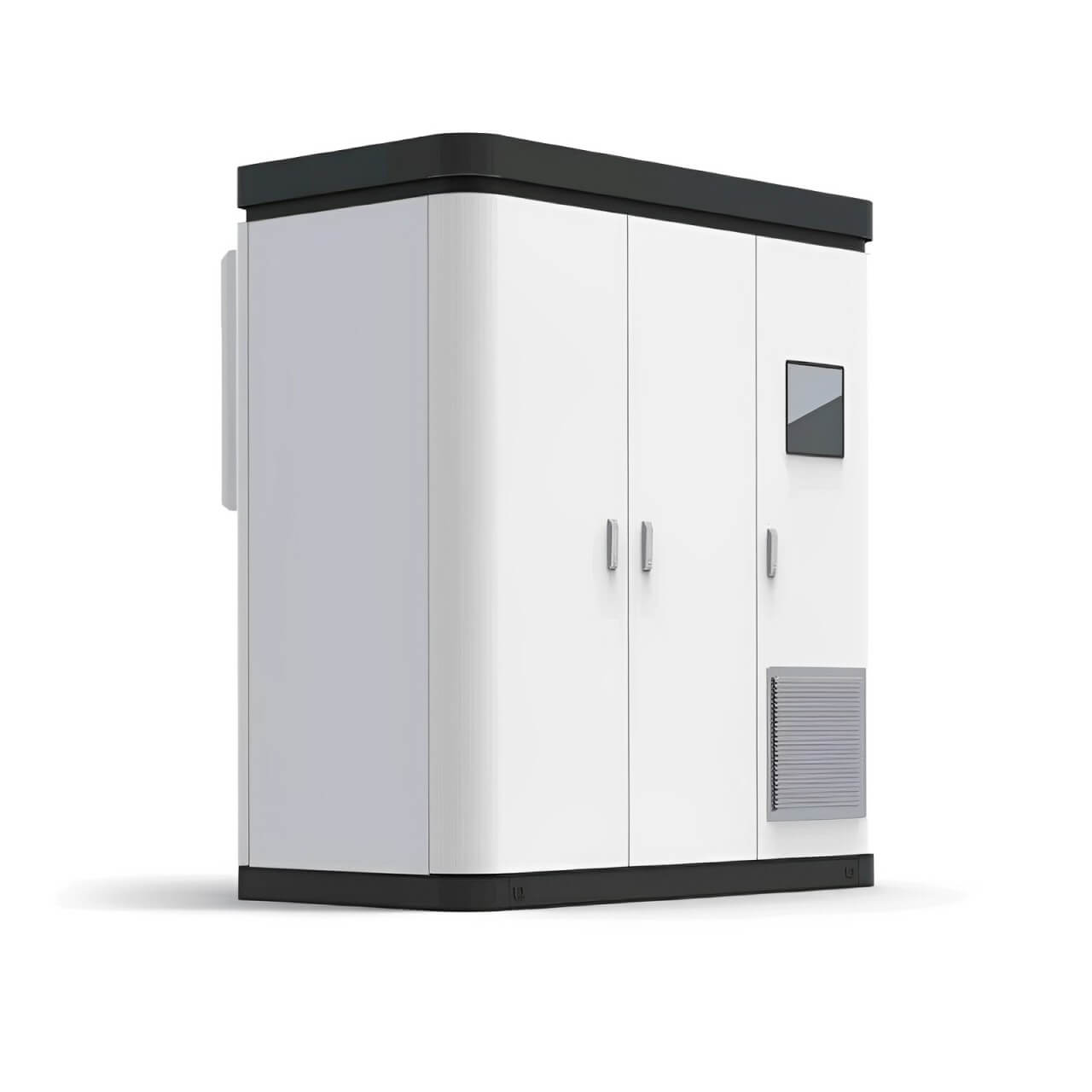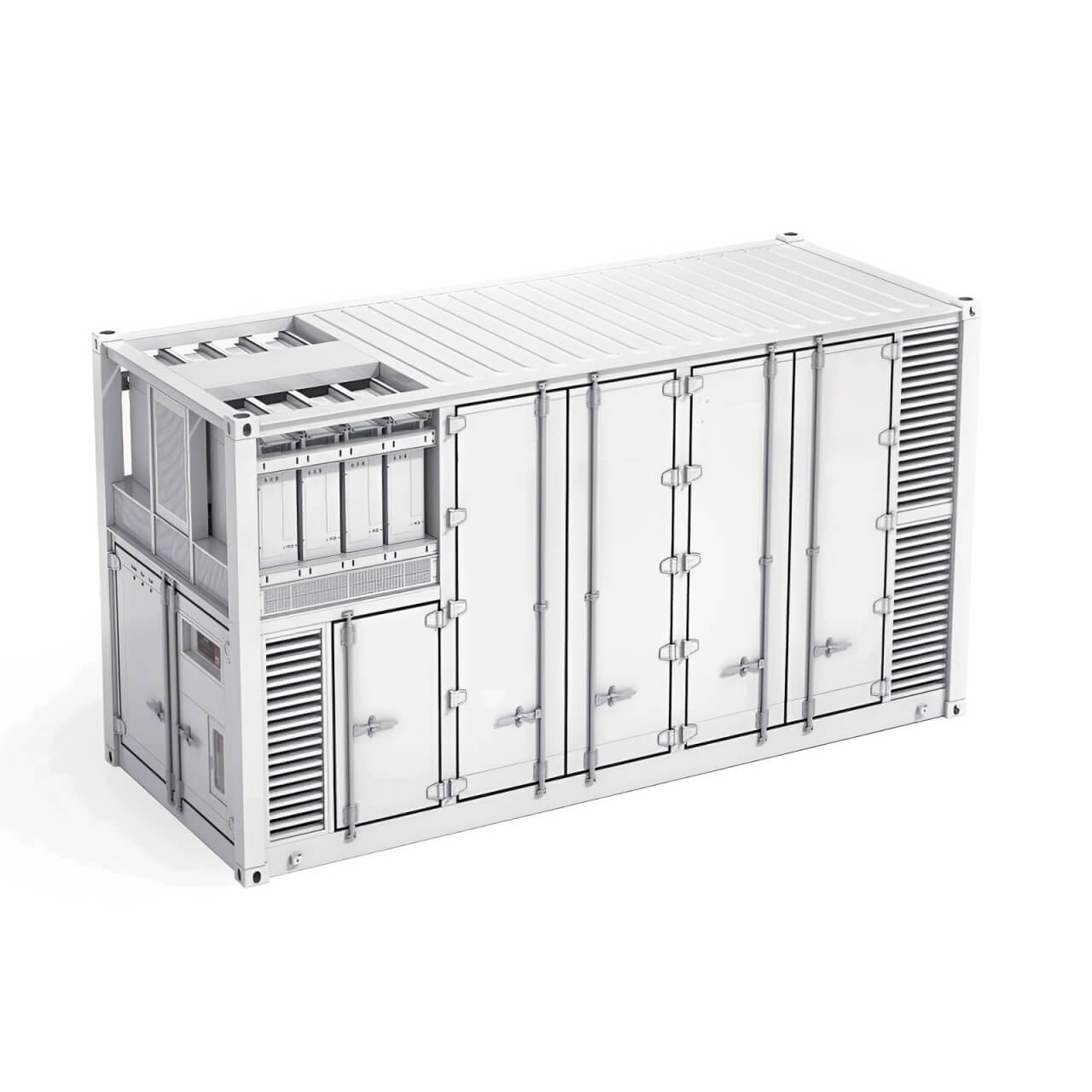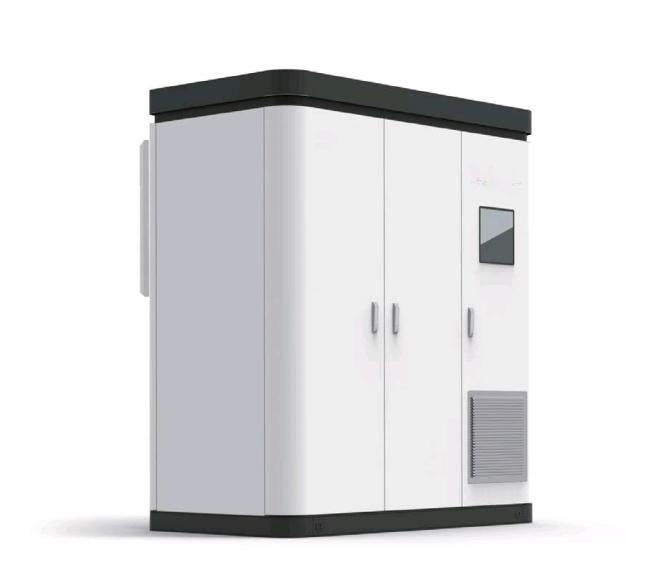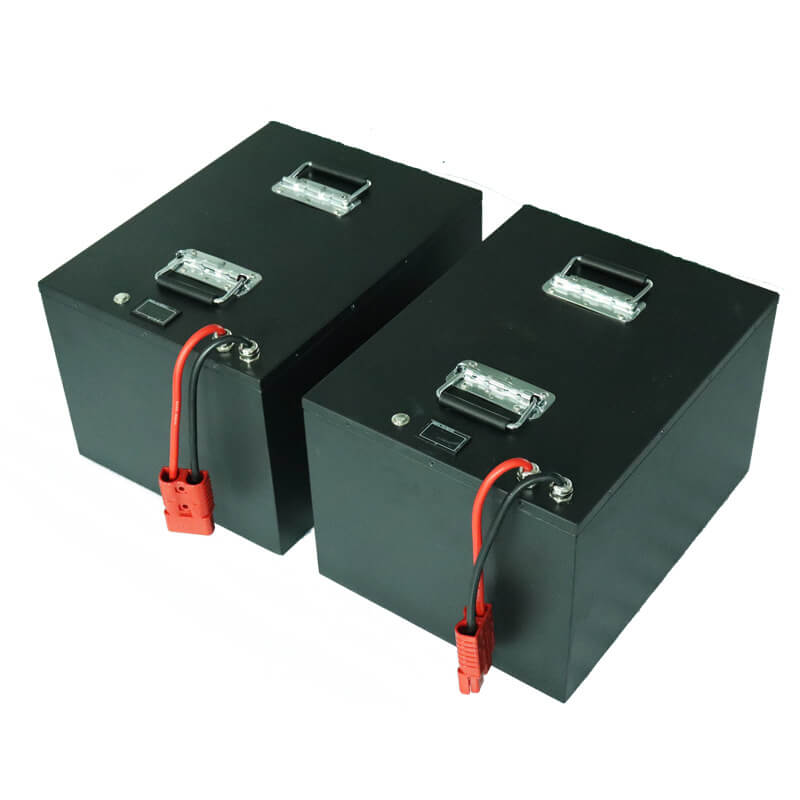Safety issues and safety technology of lithium-ion batteries
1. Dangers of lithium-ion batteries
1 High chemical activity
Lithium is a main group I element in the second period of the periodic table and has extremely active chemical properties.
2 High energy density
Lithium-ion batteries have extremely high specific energy (≥140Wh/kg), which is several times that of secondary batteries such as nickel-cadmium and nickel-metal hydride. If a thermal runaway reaction occurs, it will release a lot of heat, which can easily lead to unsafe behavior.
3 Use of organic electrolyte system
The organic solvent of the organic electrolyte system is a hydrocarbon, which has a low decomposition voltage, is prone to oxidation, and the solvent is flammable; if leakage occurs, it will cause the battery to catch fire, or even burn and explode.
4 High probability of side reactions
During normal use, lithium-ion batteries undergo a positive chemical reaction in which electrical energy and chemical energy are converted into each other. However, under certain conditions, such as overcharging, overdischarging or overcurrent operation, it is easy to cause chemical side reactions inside the battery; when the side reactions intensify, they will seriously affect the performance and service life of the battery, and may produce a large amount of gas, causing the pressure inside the battery to increase rapidly and then explode and catch fire, leading to safety problems.
5 The structure of the electrode material is unstable
The overcharging reaction of lithium-ion batteries will change the structure of the positive electrode material and make the material have a strong oxidation effect, causing the solvent in the electrolyte to undergo strong oxidation; and this effect is irreversible. If the heat caused by the reaction accumulates, there will be a risk of thermal runaway.
II. Analysis of the causes of safety problems of lithium-ion battery products
After 30 years of industrial development, safety technology of lithium-ion battery products has made great progress, effectively controlling the occurrence of side reactions in the battery and ensuring the safety of the battery. However, with the increasing use of lithium-ion batteries and the increasing energy density, there have been frequent incidents of explosions and injuries or product recalls due to safety hazards in recent years. We summarize the main reasons for the safety problems of lithium-ion battery products as follows:
1. Battery material problems
The materials used in the battery include: positive electrode active materials, negative electrode active materials, diaphragms, electrolytes and shells, etc. The selection of materials and the matching of the system determine the safety performance of the battery. When selecting positive and negative electrode active materials and diaphragm materials, the manufacturer did not conduct certain assessments on the characteristics and matching of the raw materials, resulting in the inherent deficiency of battery safety.
2. Production process problems
The raw materials of the battery cells are not strictly inspected, and the production environment is poor, resulting in impurities mixed in the production, which is not only detrimental to the capacity of the battery, but also has a great impact on the safety of the battery; in addition, if too much water is mixed in the electrolyte, side reactions may occur and increase the internal pressure of the battery, affecting safety; due to the limitations of the production process, during the production process of the battery cells, the product cannot achieve good consistency, such as poor flatness of the electrode matrix, shedding of the electrode active material, other impurities mixed in the active material, loose welding of the pole ear, unstable welding temperature, burrs on the edge of the pole piece, and no use of insulating tape in key parts, which may have an adverse effect on the safety of the battery cells.

3. Design defects of battery cells, reduced safety performance
In terms of structural design, many key points that affect safety have not been taken seriously by manufacturers, such as no insulating tape in key parts, no margin or insufficient margin in the diaphragm design, unreasonable design of positive and negative electrode capacity ratio, unreasonable design of positive and negative electrode active material area ratio, unreasonable design of pole ear length, etc., which may bury hidden dangers to the safety of the battery. In addition, in the production process of battery cells, some battery cell manufacturers try to save and compress raw materials in order to save costs and improve performance, such as reducing the area of diaphragms, thinning copper foil and aluminum foil, and not using pressure relief valves and insulating tapes, which will reduce the safety of batteries.
4 Excessive energy density
At present, the market is pursuing higher capacity battery products. In order to increase product competitiveness, manufacturers continue to improve the volume energy of lithium-ion batteries, which greatly increases the danger of batteries.
III. Safety technology
Although lithium-ion batteries have many hidden dangers, under specific conditions of use and by taking certain measures, the occurrence of side reactions and violent reactions in the battery cells can be effectively controlled to ensure their safe use. The following is a brief introduction to several common safety technologies for lithium-ion batteries.
1 Select raw materials with higher safety factors
Select positive and negative active materials, diaphragm materials and electrolytes with higher safety factors.
a) Selection of positive electrode materials
The safety of positive electrode materials is mainly based on the following three aspects:
1 Thermodynamic stability of materials;
2 Chemical stability of materials;
3 Physical properties of materials.
b) Selection of diaphragm materials
The main function of the diaphragm is to separate the positive and negative electrodes of the battery to prevent the positive and negative electrodes from contacting and short-circuiting. At the same time, it has the ability to allow electrolyte ions to pass through, that is, it has electronic insulation and ion conductivity. The following points should be noted when selecting diaphragms for lithium-ion batteries:
1 It has electronic insulation to ensure the mechanical isolation of the positive and negative electrodes;
2 It has a certain pore size and porosity to ensure low resistance and high ion conductivity;
3 The diaphragm material has sufficient chemical stability and must be resistant to electrolyte corrosion;
4 The diaphragm must have an automatic shutdown protection function;
5 The thermal shrinkage and deformation of the diaphragm should be as small as possible;
6 The diaphragm must have a certain thickness;
7 The diaphragm must have strong physical strength and have sufficient puncture resistance
c) Selection of electrolyte
The electrolyte is an important component of lithium-ion batteries, and plays a role in transporting and conducting current between the positive and negative electrodes of the battery. The electrolyte used in lithium-ion batteries is an electrolyte solution formed by dissolving appropriate lithium salts in an organic non-protonic mixed solvent. It should usually meet the following requirements:
1 Good chemical stability, no chemical reaction with electrode active materials, current collectors and diaphragms;
2 Good electrochemical stability, with a wide electrochemical window;
3 High lithium ion conductivity and low electronic conductivity;
4 Wide liquid temperature range;
5 Safe and non-toxic, environmentally friendly.
2 Strengthen the overall safety design of the battery cell
The battery cell is the link that combines various materials of the battery. It is an integration of systems such as positive electrode, negative electrode, diaphragm, tab and packaging film. The battery cell structure design not only affects the performance of various materials, but also has an important impact on the overall electrochemical performance and safety performance of the battery. The selection of materials and the battery cell structure design are a relationship between the part and the whole. In the design of the battery cell, a reasonable structural model should be formulated in combination with the material characteristics.
In addition, some additional protection devices can be considered in the lithium battery structure. Common protection mechanism designs are as follows:
1 Use a switch element. When the temperature inside the battery rises, its resistance value rises accordingly. When the temperature is too high, it will automatically stop supplying power;
2 Set a safety valve (the vent hole on the top of the battery). When the internal pressure of the battery rises to a certain value, the safety valve automatically opens to ensure the safety of the battery.
The following are some examples of the safety design of the battery cell structure:
a) Positive and negative electrode capacity ratio and design size
Select the appropriate positive and negative electrode capacity ratio according to the characteristics of the positive and negative electrode materials. The ratio of the positive and negative electrode capacity of the battery cell is an important link related to the safety of lithium-ion batteries. If the positive electrode capacity is too large, metal lithium will be deposited on the surface of the negative electrode, and if the negative electrode is too large, the battery capacity will be greatly lost. Generally speaking, N/P=1.05~1.15, and make appropriate selections based on the actual battery capacity and safety requirements. Design the size of the sheet so that the position of the negative electrode paste (active material) covers (is larger than) the position of the positive electrode paste. Generally, the width should be 1 to 5 mm larger and the length should be 5 to 10 mm larger.
b) Leave margin for the width of the diaphragm
The general principle of the diaphragm width design is to prevent the positive and negative electrodes from directly contacting each other and causing internal short circuits. Due to the thermal shrinkage of the diaphragm during the charging and discharging process of the battery and in the environment of thermal shock, the diaphragm deforms in the length and width directions. The area of the diaphragm wrinkles increases the distance between the positive and negative electrodes, resulting in increased polarization; the area of the diaphragm stretches increases the possibility of micro-short circuits due to the thinning of the diaphragm; the shrinkage of the diaphragm edge area may cause the positive and negative electrodes to directly contact and cause internal short circuits, all of which will cause the battery to be dangerous due to thermal runaway. Therefore, when designing a battery, the shrinkage characteristics of the diaphragm must be considered in the use of the area and width of the diaphragm, and the separator should be larger than the anode and cathode. Considering the process error, the separator must be at least 0.1mm longer than the outer edge of the electrode.
c) Insulation treatment
Internal short circuit is an important factor that poses a safety hazard to lithium-ion batteries. There are many potential dangerous parts that may cause internal short circuit in the structural design of the battery cell. Therefore, necessary measures or insulation should be set at these key positions to prevent internal short circuit of the battery under abnormal circumstances, such as: maintaining the necessary spacing between the positive and negative pole ears; applying insulating tape to the middle of the single-sided end without paste, and covering all the exposed parts; applying insulating tape between the positive aluminum foil and the negative active material; applying insulating tape to cover all the welding parts of the pole ears; using insulating tape on the top of the battery cell, etc.
d) Setting up a safety valve (pressure relief device)
Lithium-ion battery dangers are often caused by excessive internal temperature or pressure, which may cause explosion or fire; setting up a reasonable pressure relief device can quickly release the pressure and heat inside the battery when danger occurs, reducing the risk of explosion. A reasonable pressure relief device is required to be able to meet the internal pressure of the battery during normal operation and to automatically open and release the pressure when the internal pressure reaches the dangerous limit. The location of the pressure relief device needs to be designed considering the deformation characteristics of the battery shell caused by the increase in internal pressure; the design of the safety valve can be achieved through thin sheets, edges, seams and notches.
3 Improve the process level
Strive to standardize and normalize the production process of battery cells. In the steps of mixing, coating, baking, compacting, slitting and winding, standardization is established (such as diaphragm width, electrolyte injection volume, etc.), process means are improved (such as low-pressure injection method, centrifugal shell filling method, etc.), process control is done well, process quality is guaranteed, and the difference between products is narrowed; special steps are set up in key steps that affect safety (such as deburring of electrodes, sweeping of powder, using different welding methods for different materials, etc.), standardized quality monitoring is implemented, defective parts are eliminated, and defective products (such as electrode deformation, diaphragm puncture, active material shedding and electrolyte leakage, etc.) are excluded; the production site is kept tidy and clean, 5S management and 6-sigma quality control are implemented to prevent impurities and moisture from mixing into production, and minimize the impact of unexpected situations in production on safety.

 简体中文
简体中文 Russian
Russian French
French German
German Japanese
Japanese Korean
Korean Arabic
Arabic Spanish
Spanish